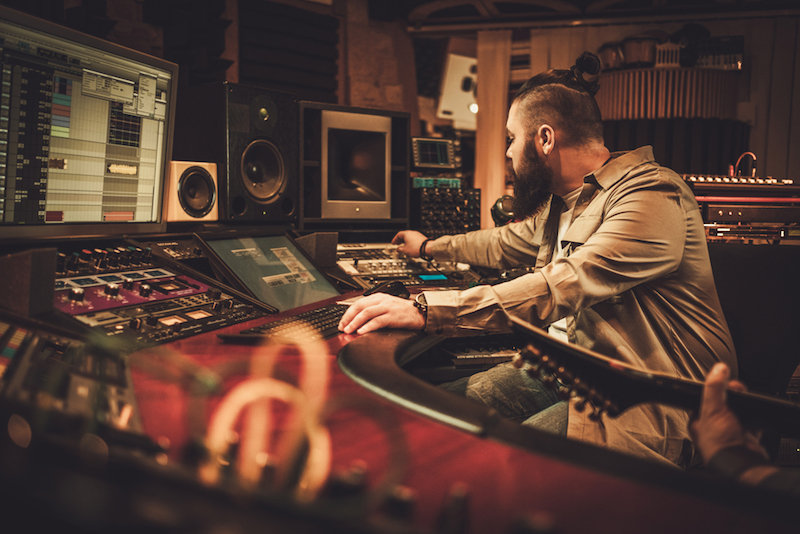The 21st Century has been credited for being the digital era, and this is hugely beneficial for anyone with a profound interest in making music beats.
The growth in music production is because the internet has made it easier for one to access software, hardware and various other resources that would prove helpful in the making of beats.
The Process of Becoming a Composer
I have dedicated this blog post to take you through a step by step guide on how to make beats.

At this point, it is important that I let you know that making beats requires constant practice, so don't be disappointed if your first trial does not sound as good as you want it to!
In a month or two, with just enough practice, you can be assured to have mastered the art.
Requirements to Create Music Beats
First, let’s make a list of all the equipment/software’s you shall need:
1. Have a Relatively Powerful Laptop/Computer
While I would go for the MacBook Pro, there exist numerous other budget-friendly laptops that you can purchase to help produce high-quality beats.

A laptop is preferable as opposed to a computer because of its portability.
Ensure you have a computer that has a reasonably sized hard drive, powerful processor and of course ports to plug in your devices.
2. Choose a Music Production Software (Free if Possible)
Otherwise known as Digital Audio Workstation (DAW), these are the tools that assist you in the recording, manipulating, mixing and editing music.

Below is a list of my personal favorite softwares:
I can strongly recommend PreSonus Studio One seeing as it not only provides you with beat making features but also enables you to explore the world of mixing and mastering.
3. Find Beginner-Friendly Production Courses
Before you can proceed to make beats, it is essential that you familiarize yourself with the basics.
As indicated earlier, the internet has made this pretty easy for you by giving you access to numerous online tutorials.

You will need to familiarize yourself with the following topics:
These simple courses will ensure that you at least know what you’re doing.
4. Purchase a MIDI Controller or a Synthesizer
The MIDI controller assists you in controlling the DAW.
Most are USB enabled, and you need to plug them in through the USB port on your laptop.

For a beginner, you probably don't have to go all out to buy a synthesizer.
Your laptop/computer may act as the synthesizer, seeing as a synthesizer produces sound.
5. Use High-Quality Headphones
Headphones are essential in helping you monitor your progress anywhere.

I prefer them because I can use them without disturbing those around me.
Creating Music Beats
Now that you have all the gear you need, you can proceed to make the beats.
There are two ways to go about this:
Adopting a Beat-First Approach
This approach is highly recommended for hip-hop and house.
More often than not, the beat you want to create is in your mind.

If this is the case, capture it on MIDI and then record it into your DAW.
Ensure you record in the kick, snare, and hi-hats.
If you don't have the beat in mind, you can record a basic beat from a genre of your choice.
It is critical to know the tempo of your genre.
Below is a list of BPM averages for the common genres:
Once you have established your BPM, write in your beat and loop it over and over (an average song lasts between 3 to 4 minutes).
At this point, you can add in instruments and even vocals.
Following a Music-First Approach
This is the recommended approach for EDM and Trap/Dubstep.
It requires you to put into practice the skills you acquired from your basic music tutorials.

You start by recording in your harmonies, instrumentals, and riffs, before adding in the beat.
You can then loop it over and over throughout the song until you create a musical balance that appeals to you.
This approach is advantageous in that it results into extremely well-composed harmonies that have an authentic feel.
Now, Go Create Some Funky Beats!
Just like any other art, it is vital to be as original as you can be when making beats.
You can create a unique rhythm, or choose to create a unique basic beat in the genre of your choice.

The more unique and authentic a beat sounds, the more listeners will be drawn to it.
I would, therefore, recommend that you cut out your niche; create something that people have not had before, and would want to keep listening to.
